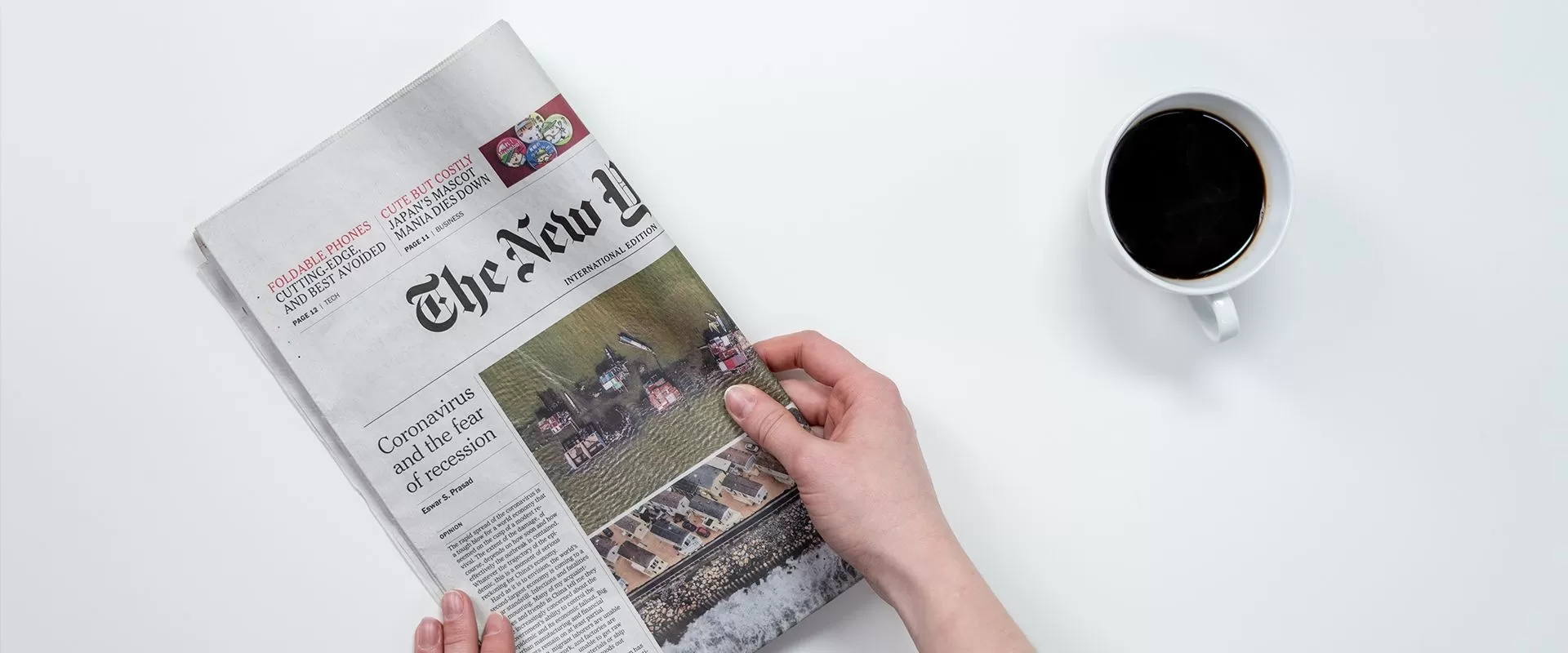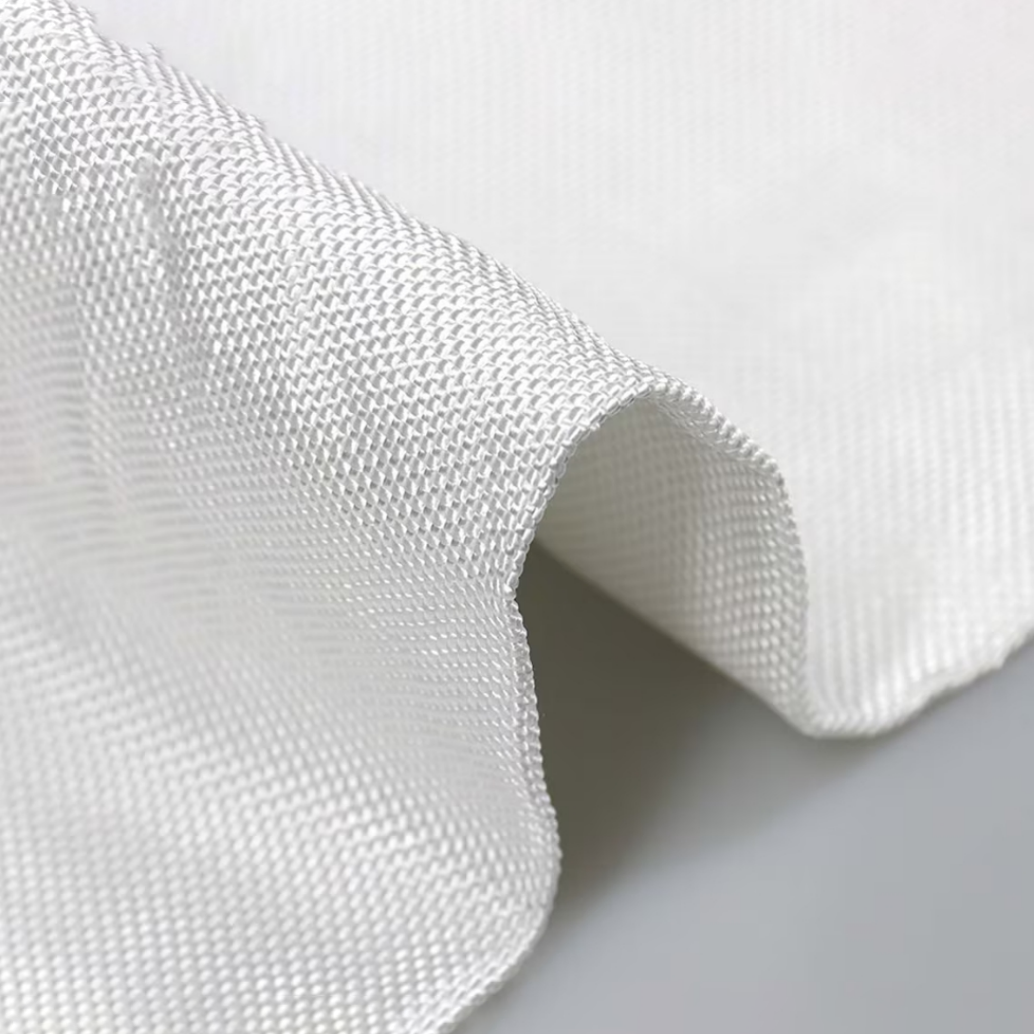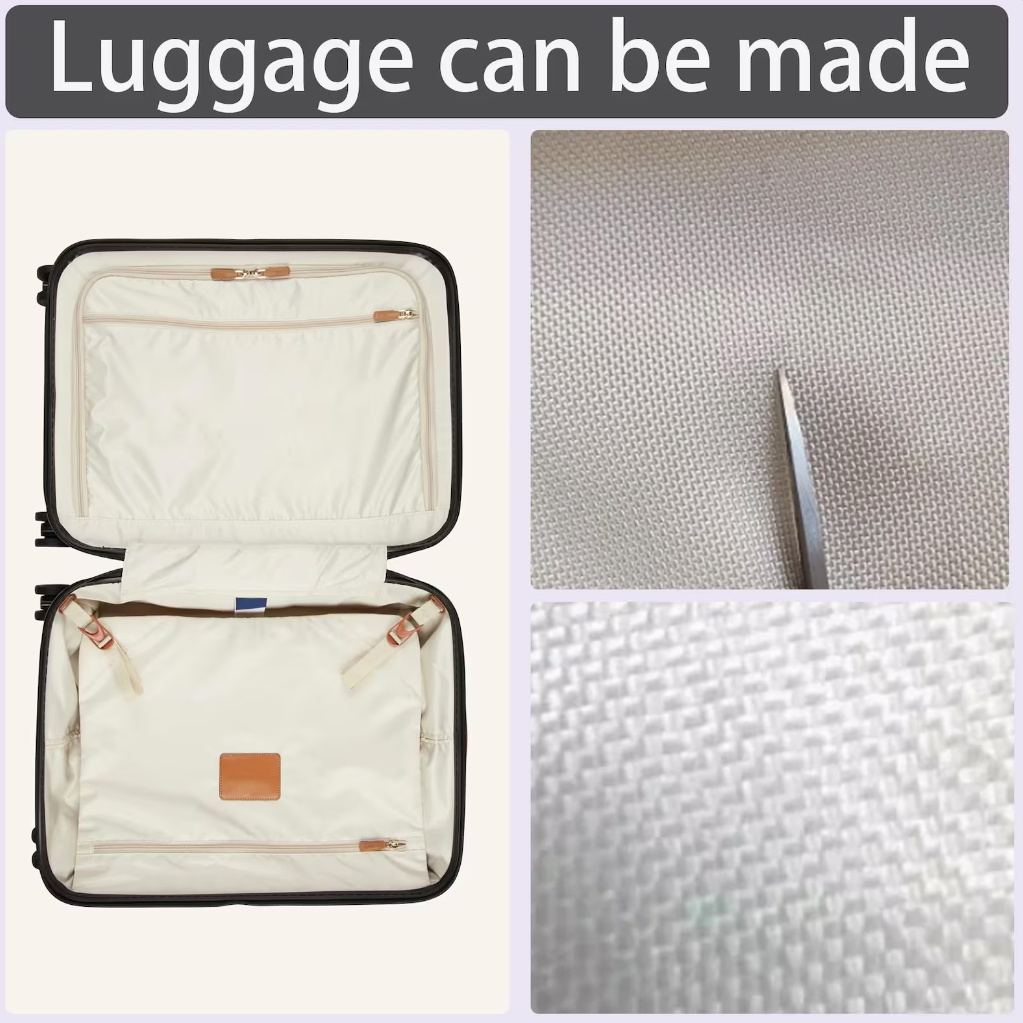Enhancing Abrasion Resistance in Cotton Fabric for Long-Lasting Performance
Understanding Abrasion Resistance in Cotton Fabric
Why Cotton Needs Enhanced Durability
What makes cotton so appealing is basically its soft feel and how adaptable it is, which explains why people keep coming back to it year after year in the world of fabrics. The downside though? Cotton just isn't built to last forever because of how its fibers are structured. This becomes a real issue when we look at where cotton ends up these days - everything from factory uniforms to hiking gear. About thirty percent of all cotton products get thrown away simply because they wore out too fast according to industry reports. Strengthening cotton against wear isn't just about making clothes last longer. It actually helps cut down on textile waste while keeping cotton performing better across different uses, whether someone needs something comfortable for daily wear or something tough enough for harsh conditions.
How Abrasion Resistance Impacts Fabric Longevity
When cotton fabrics have better resistance to abrasion, they tend to last much longer, especially important for clothes worn in rough conditions like construction sites or industrial settings. Studies show these tougher cotton fabrics can hold up twice as long as regular ones before needing replacement, which means real money saved over time for both people buying them and companies making them. The bonus here is that stronger fabrics naturally fit into green initiatives too. Less frequent replacement means fewer discarded garments ending up in landfills. Workers who wear durable cotton gear don't need to replace their uniforms so often, cutting down on overall textile waste while also reducing the carbon footprint from constant manufacturing cycles and shipping new products around the world.
The Science Behind Cotton Wear Resistance
Looking at how cotton holds up against wear means getting familiar with what happens at the fiber level. The way fibers pack together and how they're twisted makes all the difference when it comes to how well the fabric stands up to regular use. Modern textile makers have started playing around with fiber arrangements, which helps create better connections between fibers and makes them tougher against rubbing and scraping. Some manufacturers are adding special treatments right in the weaving stage, and this seems to really increase how long cotton fabrics last before showing signs of wear. These improvements mean clothes stay looking good longer while still keeping everything we love about cotton naturally breathable and comfortable against the skin.
Techniques for Enhancing Cotton's Durability
Chemical Treatments: TOUGH COTTON⢠Technology
The TOUGH COTTON⢠process works by applying special chemical treatments that really boost how well cotton fabrics hold up. What makes this tech stand out is that it does more than just make clothes tougher against rubbing and scraping. Many products also come with extra perks like resisting water spots and stubborn stains. Testing has shown something pretty impressive too fabrics treated with this method can take quite a beating lasting through hundreds of wear cycles before showing real signs of wear and tear. That kind of durability means clothes stay looking good even after being washed countless times, which is exactly what shoppers want when they're hunting for garments that last longer than the average item in their closet.
Fiber Blending: Combining Cotton with Performance Materials
When cotton gets mixed with synthetics like polyester or nylon, it really makes the fabric last longer and stand up better to rough treatment. Studies show blended fabrics tend to wear out about 30% slower than pure cotton stuff, which is why lots of people and companies actually prefer them when they want clothes that won't fall apart after a few washes. The synthetic part brings some extra perks too. These blends usually wick away sweat better and help regulate body temperature, so they work great for workout gear and outdoor wear where folks need something comfortable but still functional enough to handle real world conditions without falling apart at the seams.
Advanced Weaving Methods for Maximum Resistance
Cotton fabrics get a major durability boost when manufacturers employ advanced weaving techniques such as twill and ripstop patterns. The twill weave packs more threads together which makes the material tougher overall. Ripstop works differently by strategically reinforcing certain parts of the fabric so it doesn't tear easily. These approaches make cotton much harder to damage from regular use or accidental punctures. Textile labs have actually measured this effect quite well. Fabrics made with these methods show remarkable resistance to stress tests. That's why we see them used so often in outdoor gear, workwear, and even some high end fashion lines where lasting quality matters most.
Advanced Abrasion-Resistant Cotton Solutions
Abrasion Resistant Fabric Anti-Incision Aramid Kevlar Fabric
Kevlar Aramid fabric really shines when it comes to strength and resistance against cuts and abrasions, which makes it go-to material for protection gear. The stuff can take serious punishment, so it works great in tough spots like factories or on military gear where people need something that lasts forever and keeps them safe. Some recent research shows mixing regular cotton with Kevlar creates fabrics that still let air through but stop cuts just fine. This blend gives workers better comfort without sacrificing safety, something many industries have started adopting over the past few years.
High Strength Cloth Anti Cut Lightweight Abrasion Resistant UHMWPE Fabric
UHMWPE fabrics have gained popularity because they're light but still super strong. What really sets them apart is how resistant they are to abrasion, so they work great for protective clothing and industrial gear where things get rough on the material. Research shows these fabrics beat out conventional options when it comes to resisting cuts and lasting longer before needing replacement. For companies dealing with harsh environments, this translates into gear that holds up better over time. Less frequent replacements mean saving money while keeping workers safer in dangerous conditions across various sectors like construction and manufacturing.
Applications of Reinforced Cotton Fabrics
Workwear and Protective Clothing Solutions
Cotton fabrics that have been reinforced offer better protection and comfort for workers in many different fields. These materials resist abrasions and cuts, which is why they're so important on job sites like construction zones, welding shops, and factories where people face all sorts of physical risks daily. Studies show that when workers wear this kind of high quality cotton gear, there tends to be fewer injuries because the fabric stands up to rough handling without sacrificing breathability or comfort during long shifts. Some manufacturers even claim their reinforced cotton products reduce workplace accidents by around 30% compared to standard work clothes.
Outdoor Gear and Technical Apparel Uses
Reinforced cotton is becoming popular among manufacturers making outdoor gear because it holds up well and lets air circulate. Hikers, campers, and anyone tackling rough terrain find that gear made with this fabric lasts longer without sacrificing comfort when weather changes. According to some market research, people who spend time outdoors really care about fabrics that pull sweat away from the skin and resist wear and tear. These qualities matter a lot when clothes need to perform reliably day after day in unpredictable environments.
Combining Abrasion Resistance with Flame Retardant Properties
Adding flame retardant qualities to cotton fabrics that already resist wear opens up all sorts of possibilities across different industrial settings. Workers in fields such as firefighting gear manufacturing and structural engineering really need materials that can handle both sparks and rough handling at the same time. Research shows that when cotton gets this special treatment, it keeps its protective qualities through multiple wash cycles and long term usage without compromising on safety requirements. Some field tests even suggest these fabrics perform better than traditional synthetics under certain harsh conditions, though they come at a slightly higher price point for manufacturers looking to upgrade their product lines.

 EN
EN







































